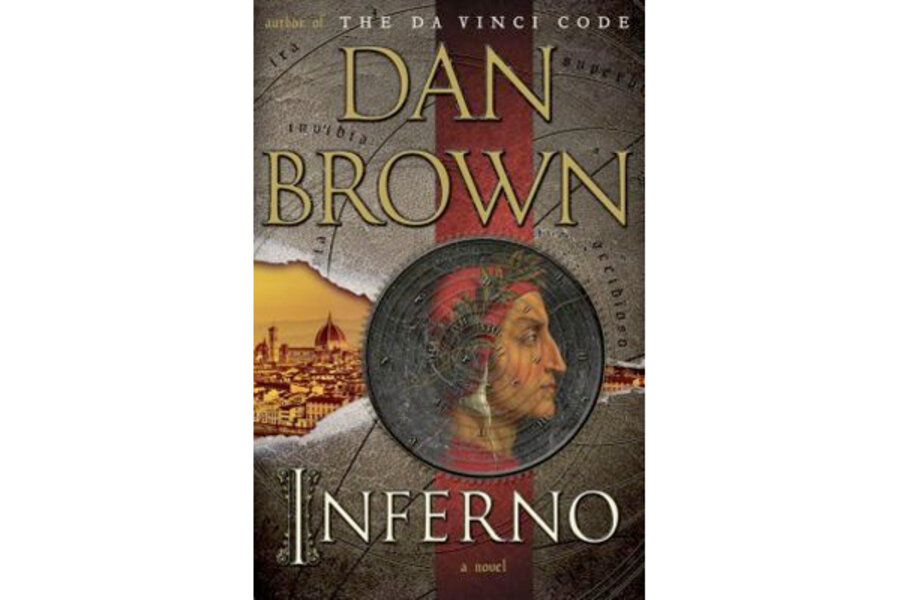Dan Brown's 'Inferno' gets mixed reviews but tops sales charts
Loading...
“Inferno,” the novel by Dan Brown based around Dante’s work of the same name, is publishing’s newest blockbuster, boasting high sales despite mixed reviews.
Washington Post reviewer Monica Hesse writes that it’s clear Brown has mastered his genre of page-turning historical mysteries: “He has perfected the breathless art of the cliffhanger chapter, the ooky villain, the historish backdrop.”
However, Hesse says she found herself distracted at times by actual inaccuracies.
“A simple Wikipedia search tells me that one of the important artifacts is believed to be a reproduction, not the real thing the reader is led to think it is,” she wrote. “The Consortium is real, too, Brown writes – and it might be, but would such an organization really have its headquarters in a giant yacht floating around in the Adriatic Sea? No matter. As with Brown’s other works, it’s more fun to read 'Inferno' when you accept that every whoa-ful tidbit is true.”
She also poked fun at one of Brown’s standard plot devices: the dying person who decides to leave enigmatic clues.
“Rather than using the last minutes of his life to scrawl, 'The [IMPORTANT OBJECT] is in the [SPECIFIC LOCATION]' on a crumpled napkin, he uses them to concoct an artsy, esoteric scavenger hunt through a foreign city,” Hesse writes of one character.
But USA Today's Brian Truitt found himself completely won over by the new book.
“[The book] comes close to the mega-popular 'The Da Vinci Code' in terms of entertaining tension,” he wrote of “Inferno.” “Brown has a definite formula in place for putting Langdon through his paces, but watching him go through hell is about as close as a book can come to a summertime cinematic blockbuster.”
New York Times critic Janet Maslin wrote that she was put off by the beginning, but was pulled back in as Brown’s story went on.
“The early sections of 'Inferno' come so close to self-parody that Mr. Brown seems to have lost his bearings…. But 'Inferno' is jampacked with tricks,” Maslin wrote. “And that shaky opening turns out to be one of them…. the main emphasis here is hardly on gloom. It is on the prodigious research and love of trivia that inform Mr. Brown’s stories.”
Boyd Tonkin, reviewer for The Independent, said that he was unimpressed by Brown’s writing but that he admires the author’s plotting.
“However barmy his premises, however leaden his prose, Brown retains all the advantages of surprise,” he wrote of the story.
However, Telegraph reviewer Jake Kerridge was less enamored and called “Inferno” Brown’s worst work yet.
“As a stylist Brown gets better and better: where once he was abysmal he is now just very poor,” Kerridge wrote. “His prose, for all its detailing of brand names and the exact heights of buildings, is characterised by imprecision. It works to prevent the reader from engaging with the story.”
Meanwhile, “Inferno” is at number one in Amazon sales rankings, having spent 120 days in the top 100 and is Amazon’s most pre-ordered book of the year so far in both print and Kindle. The book is also number one for sales at the Barnes & Noble website.
And for those who prefer their Robert Langdon adventures on the big screen, there's good news. Brown told USA Today that he’s certain “Inferno” will become a movie like his previous works “The Da Vinci Code” and “Angels and Demons.”







